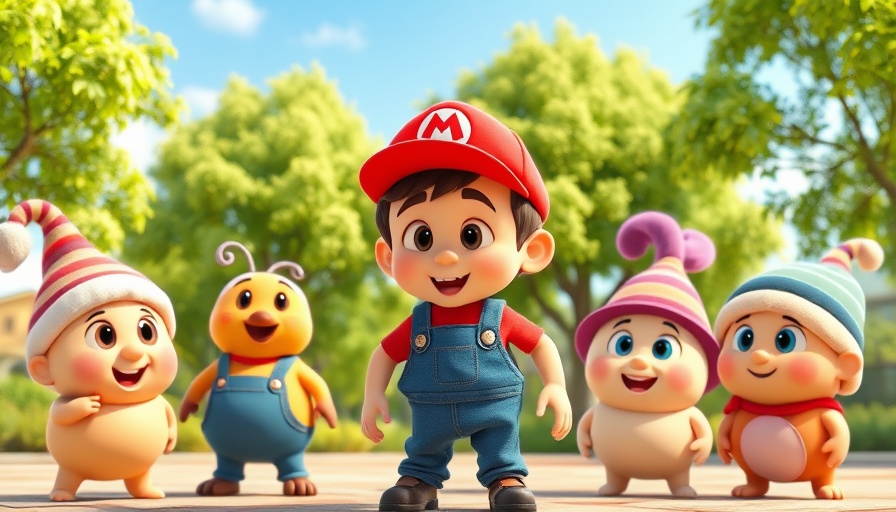
Nintendo's Dev Kit Dilemma: A Closer Look
Amidst the excitement surrounding the recent launch of the Switch 2, which reported incredible sales of over 6 million units shortly after its release, a curious strategy from Nintendo has emerged. As developers express a strong interest in creating native games for the new console, reports suggest that Nintendo is urging many studios to focus on the original Switch instead. This contradiction in strategy raises questions about the company's priorities for future game development and hardware support.
Understanding the Developer Perspective
Developer feedback paints a mixed picture of Nintendo’s approach to distributing the Switch 2 development kits. According to John Linneman of Digital Foundry, numerous developers wish to optimize their games for Switch 2 but are struggling to gain access to the necessary hardware. They cite the desire to launch improved versions of their titles on this new platform as a driving force, yet many are left without the tools they need to realize these ambitions.
A Strategy Shrouded in Mystery
Oliver Mackenzie of Digital Foundry questioned Nintendo's strategy, stating, “I don’t understand the strategy.” It’s perplexing that while specific developers seem to have early access to development machines, many well-known studios remain devoid of such resources. This inconsistency forces developers to reconsider their launch strategies, relying on the backward compatibility that lets them carry their games from Switch 1 to Switch 2.
The Industry’s Broader Implications
This situation isn't unique to Nintendo; it reflects broader trends in the gaming industry. As the competition in gaming hardware heats up, companies like Sony have also increased prices for their newer consoles amidst similar supply chain challenges. With such financial pressures, it’s critical for both companies to ensure that developers have the support and resources needed to leverage their latest technology.
Predicting Nintendo's Next Moves
In this shifting landscape, what strategies might Nintendo adopt moving forward? Will they shift their focus to more equitable distribution of development kits, or will they maintain this cautious approach? The answer will significantly impact game releases for Switch 2 throughout this console generation. Insights into the fair provision of dev kits will be vital for ensuring a robust library of engaging titles that could very well shape the Switch 2’s legacy.
The Case for Enhanced Supporting Strategies
Developers armed with adequate resources can better utilize the new hardware’s capabilities, leading to creative innovations and gameplay enhancements. Supporting developers comprehensively not only benefits them but also ultimately enriches the entire gaming ecosystem, enhancing consumer experience and satisfaction.
Reflections on Consumer Expectations
For gaming enthusiasts eagerly awaiting groundbreaking titles on Switch 2, this situation warrants attention. As players increasingly expect higher fidelity and performance from new games, the pressure mounts on Nintendo to facilitate access to resources that allow for such advancements in game development.
Conclusion: A Call for Change
As the gaming landscape evolves, developers and consumers alike must advocate for clarity from Nintendo regarding its hardware support strategies. For the platform to reach its full potential, equitable access to development tools must be prioritized. Only then can the Switch 2 truly thrive as a beacon of gaming innovation, delighting players with exciting new titles that harness the power of the new console.
 Add Row
Add Row  Add
Add 




Write A Comment